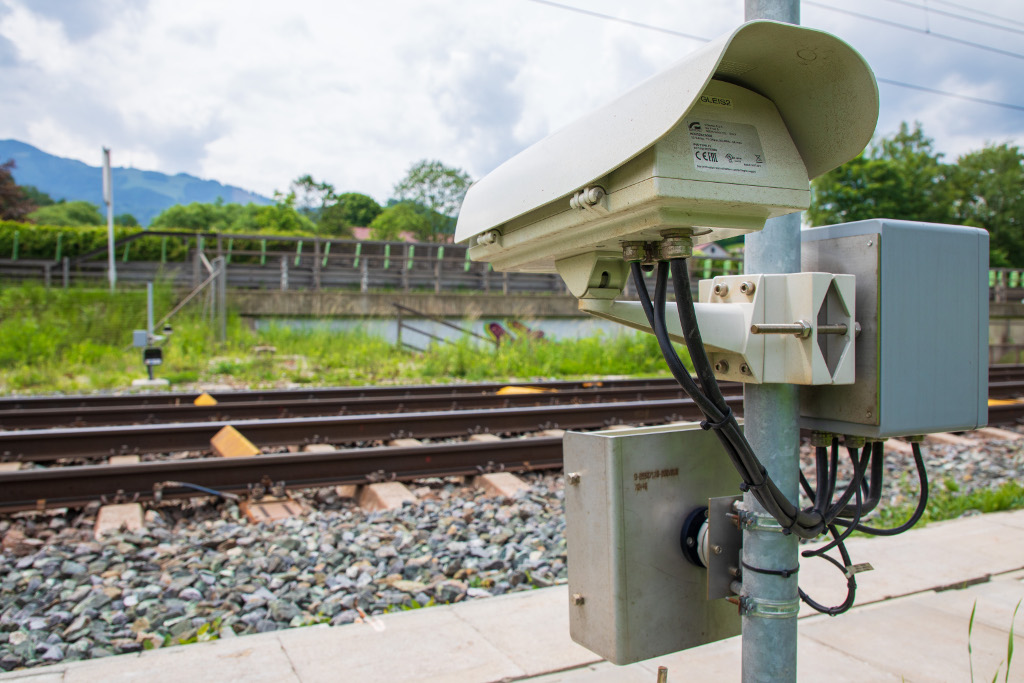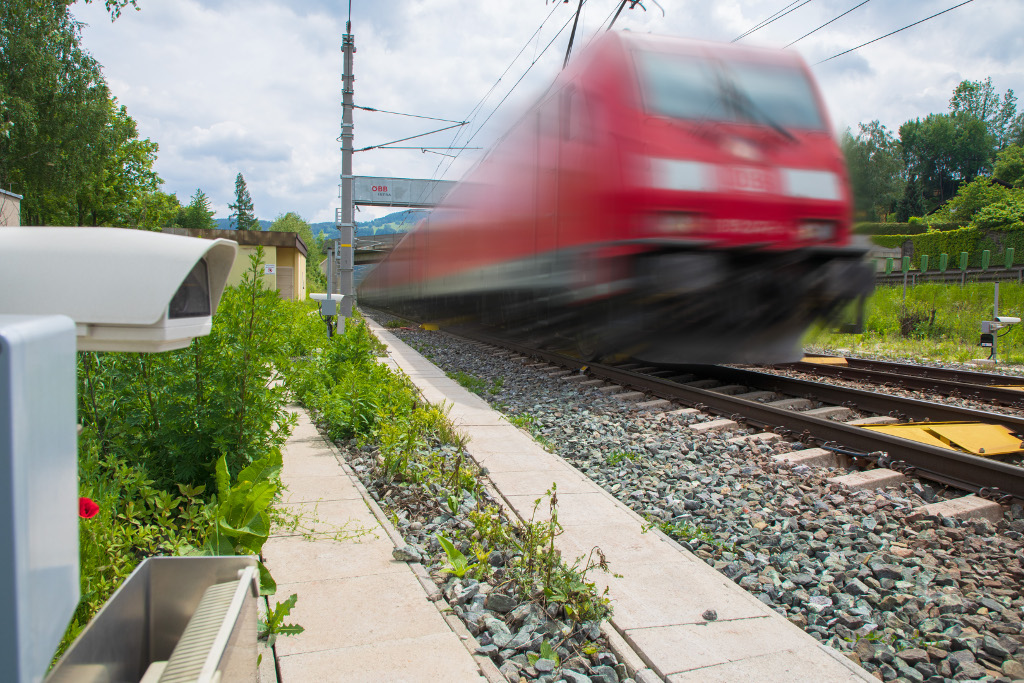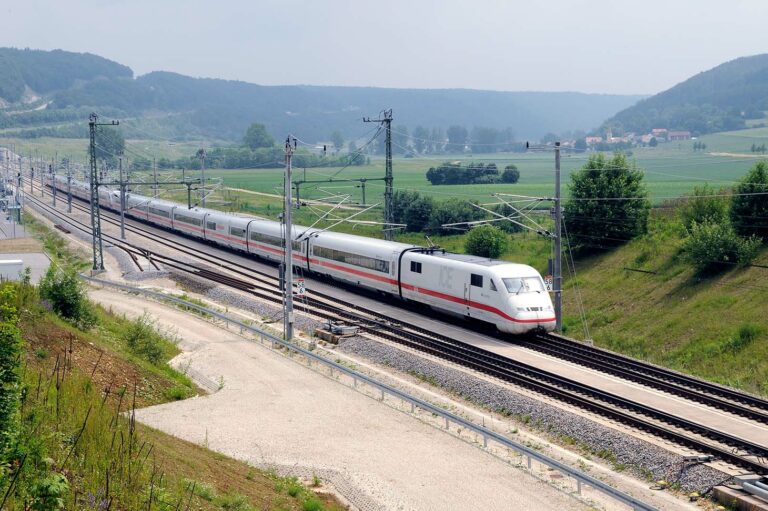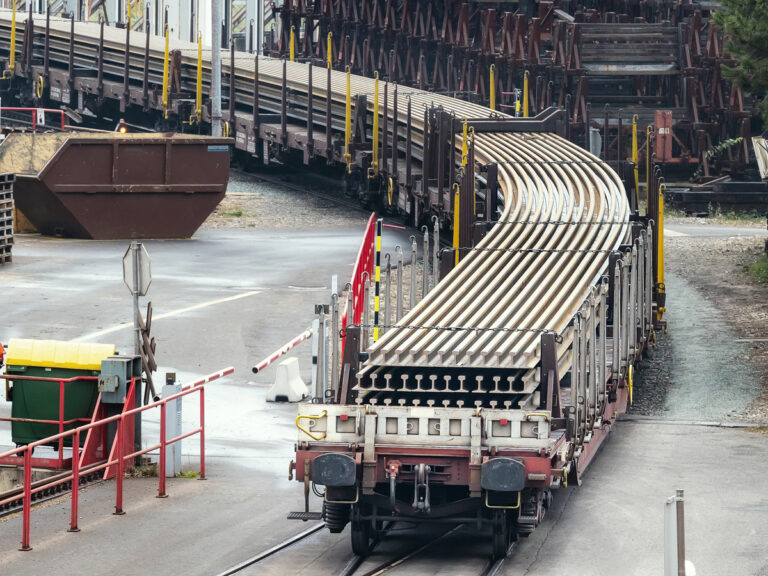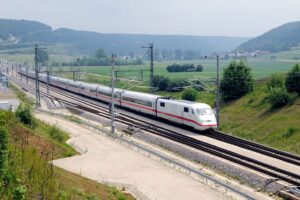voestalpine and ÖBB bring digital rolling stock monitoring on track
Where once trains pulling into a railway station were manually or visually checked by the dispatcher , today digital sensors monitor key components such as the wheels, brakes, and bearings, as well as wagon loads. By 2023 voestalpine Railway Systems will have equipped Austria’s rail network with 47 digital checkpoints, creating a nationwide train and track monitoring system, and making rail transport in Austria more efficient, more safe, and more punctual.
- 02 Nov, 2020
- 4
